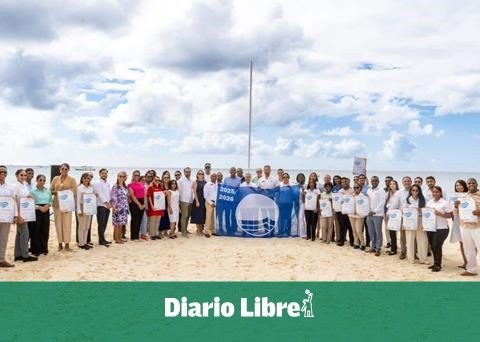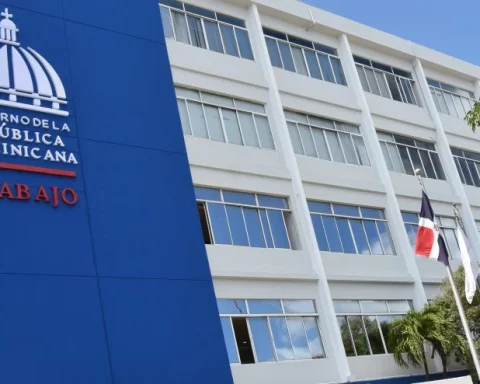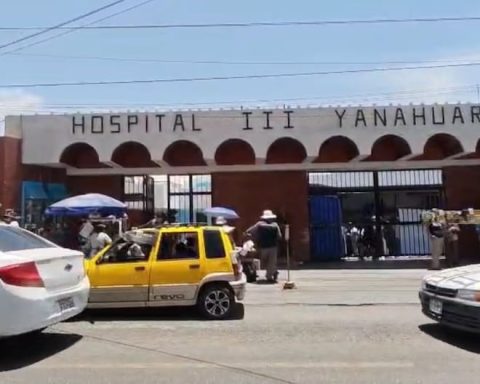The Minister of Economy, Planning and Development, Pável Isa Contreras, said yesterday that it is an obligation to strengthen the risk management as a transversal policy of the State and explained that planning has to respond to the challenges of increased risks.
He pointed out that it is necessary to strengthen the risk management through proactive planning to strengthen resilience, be flexible and respond to contingent situations.
“The challenge is to strengthen the public investment system towards climate resilience at the service of the objectives of the NDC (National Determined Contribution) Dominican Republic,” said the official.
He assured that the ministry is working to strengthen and reform the regulatory framework of risk managementstarting with governance and disaster risk, and climate action.
“The idea is to strengthen the institutionality in these two issues and achieve the articulation of the risk management and of climate change. It is not about separate things, but linked, including the issues, also in this, of social protection, and the articulation with other public policies in other aspects”, said the official.
He noted that the climate change it is the greatest threat to sustainability and global development.
“That is the most serious problem that we are facing in the long term, but it is not for us to leave it for later, because the long term begins today,” said the minister.
When participating in the XI Converting 2022 Conference, of the Central American Integration Network for Corporate Social Responsibility (Integrarse), Isa Contreras indicated that the effects of phenomena such as storms and hurricanes on people’s quality of life are very severe because diseases they increase exponentially, and sectors such as housing, energy, public works and agriculture are the most affected.
Mariel Bera, president of Ecored, said at the regional meeting that the region is facing more and more frequent extreme events that translate into severe droughts, heavy floods, forest fires, storms and cyclones.
“Our countries are geographically located in an area of critical climate risk. In addition, the inequalities deepened by the pandemic have increased the degree of vulnerability of the least favored populations, which represents one of the worst threats we face in the face of the possibility of being able to advance in the sustainable development of the region,” he said.
He said that managing risk is the most efficient way to mitigate its impact. “Thinking about the before and not just the after is key to moving towards more resilient organisations, cities and countries. This is a variable that must be incorporated into the business model of our organizations as a matter of urgency,” he said.
He added that the work, particularly environmental disaster risk management, is certainly a profitable investment. “For every dollar invested in risk reduction and prevention, up to $15 can be saved in recovery after a disaster. Every dollar invested in building disaster-resilient infrastructure saves four dollars in rebuilding,” he said. .
In addition to this, the also pro-tempore president of the Central American Integration Network for Corporate Social Responsibility (Integrarse) said that in 2021 there were between 350 and 500 medium to large-scale disasters. “Which indicates that, if things continue like this, we will experience 1.5 medium to large-scale disasters every day, by 2023,” she projected.


















